
As the popularity of off-grid living continues to increase, Apache County, Arizona is becoming a top destination for those seeking to live off-grid. It’s no wonder this is the case – raw land values are less expensive compared with those of other similar northern Arizona counties and building regulations are less strict overall. Not to mention, tiny homes are allowed. Apache County also has gorgeous natural beauty, a variety of recreational and outdoor activities, and low cost of living.
We’ve gotten many questions from prospective homesteaders recently, and wanted to provide some answers to help you on your journey!
Can I live off-grid in Apache County?
Yes. However, you will need to install a septic tank or alternative waste system. If you are planning to build, you’ll need to also obtain a building permit.
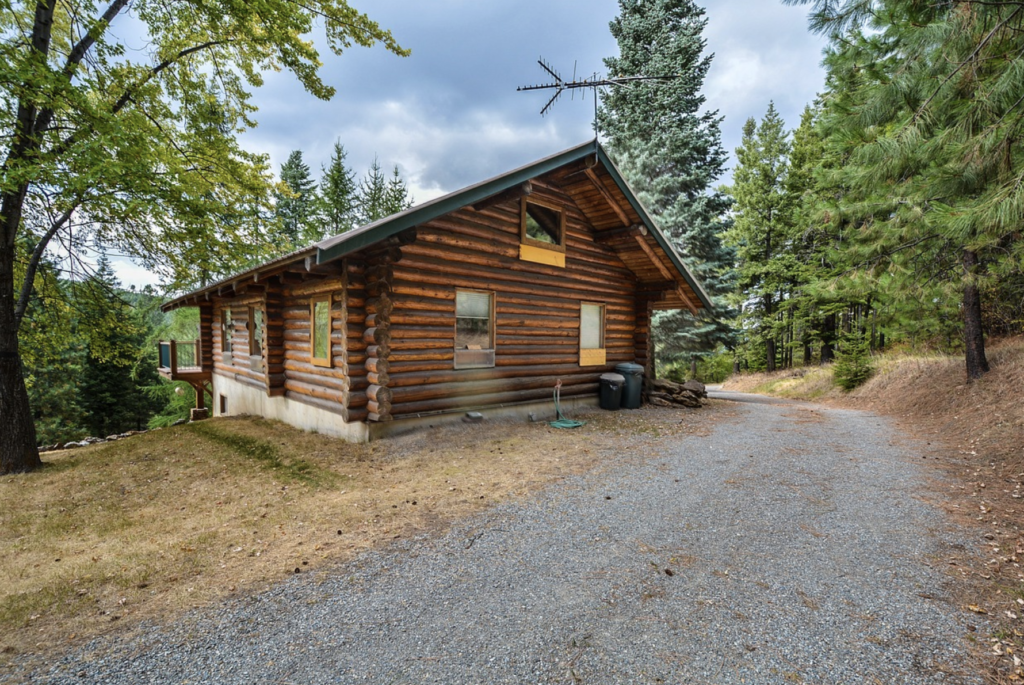
Do I always need a building permit to build ?
Generally, if you are building your dwelling or planning to live in a tiny home, you will need to obtain a building permit.
However, you can build the following without a permit:
- One-story detached accessory structure, less than 200 square feet (if you already have your primary structure built)
- Fences, less than 7 feet high
- Retaining walls, less than 4 feet
- Water tanks, on grade, less than 5,000 gallons
- Sidewalks and driveways, less than 30 inches above adjacent grade
- Painting, papering, tiling, carpeting, cabinetry, countertops
- Prefabricated swimming pools less than 24” deep
- Playground equipment accessory to a primary dwelling
- Window awnings, supported by an exterior wall, not to project more than 54” from exterior wall, and don’t require additional support
- Decks, less than 200 square feet, less than 30” above grade, not attached to a dwelling
Do I need a septic tank to live off-grid?
You can use an alternative waste system or a traditional septic tank. Either of these are necessary in order to live off-grid.
What are the steps needed in order to obtain a building permit?
First, you will have to obtain a septic (or alternative waste) permit from the Environmental Health Department. Here are the steps:
- Hire a Registered Sanitarian or a Professional Engineer to do a site evaluation on your property
- They will provide you with a report that you will submit with your Notice of Intent to Discharge application along with proof of ownership, a Licensing Compliance Form, Fixture Count Chart, Site Suitability Guidelines Checklist, a map or driving directions to your property, and the proper fee ($300 if standard septic, $550 if alternative system)
- Once submitted, there is an Administrative Review and a Substantive Review to include a Flood Plain Review
- Once the Substantive Review is complete, and the application is approved, you will be issued a Construction Authorization. This authorizes you to construct your septic system according to the design. At this point, you can apply for a building permit
Now that you have the septic Construction Authorization, you are one step closer to getting a building permit. Here are the next steps:
- 911 Address – Provide a 911 address or obtain one from Apache County Engineering Office at (928) 337-7528
- Submit Application that includes:
a) Building Plans (2 copies)
b) Site Plan
c) Hand drawn map to your property
d) Septic documentation
e) 911 address - After application is approved, pay the permit fee
- Start construction and call for the first safety inspection.
- Post the address and copy of the building permit at the entrance to your property
- Have a copy of the building plans on-site
- Don’t cover anything up until each inspection has been passed
- After completing all safety inspections, obtain the Certificate of Occupancy (CO)
- Complete your septic system: You have 2 years in order to install the septic. If you choose to install it yourself, you must complete an additional form called the Owner Installer Checklist. There will be additional inspections during the construction.
- Once, the septic system has passed all inspections, you must complete a Request for Discharge Authorization application and a final Discharge Authorization – this means that you can begin using the septic system.
Building questions: (928) 337-7527
Septic questions: (928) 337-7607
Can I use solar panels?
Yes. You will need a permit and inspections.
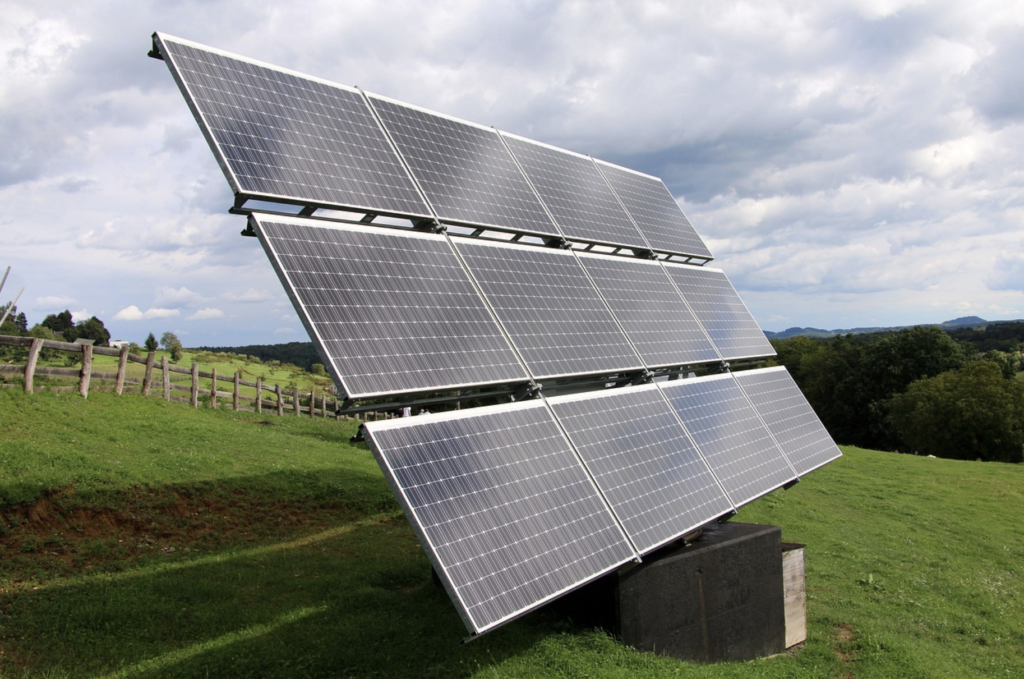
Can I drill a well on my property?
Yes, but groundwater depths vary dramatically from one area to the next. The deeper you have to drill to reach water, the more expensive it gets. You can also install a water holding tank and haul/store water onsite.
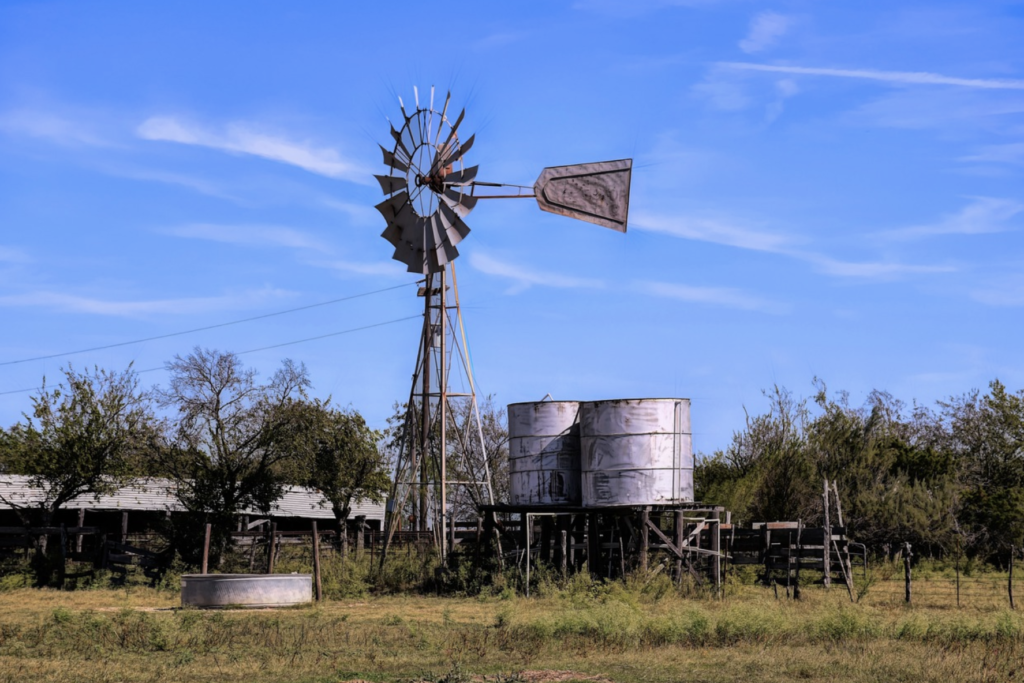
Can I live in a Tuff-Shed or similar structure on my land?
Yes, but you must ensure you take the following actions to make your prefabricated shed into a livable space:
- Framing, roof and sheer must meet the current adopted Residential code, along with the Apache Tiny Home guidelines
- Roof must meet minimum 40lb snow load
- Roof trusses must be strapped to exterior load bearing wall using Simpson H-25 hurricane ties or equivalent
- Loft framing for habitable use must have minimum 2 x 6 floor framing with 5/8 osb sheeting supported per code
- Lofts used for habitation must be equipped with minimum 5.7 square foot opening for fire escape (IE window, door, or hatch)
- Main floor must be minimum 5/8 osb or plywood sheeting
- Must be set on a permanent foundation and strapped according to the current adopted Residential code and Apache County Tiny Home guidelines to meet a 90 mile per hour wind sheer requirement, per Apache County building ordinance
- All Mechanical, plumbing and framing must meet the current adopted residential code
- Must have one thermostatically controlled heating source. (wall mounted propane heater etc.) in addition to wood stove
- All electrical must meet the current adopted National Electric Code along with the Apache County Tiny Home guidelines.
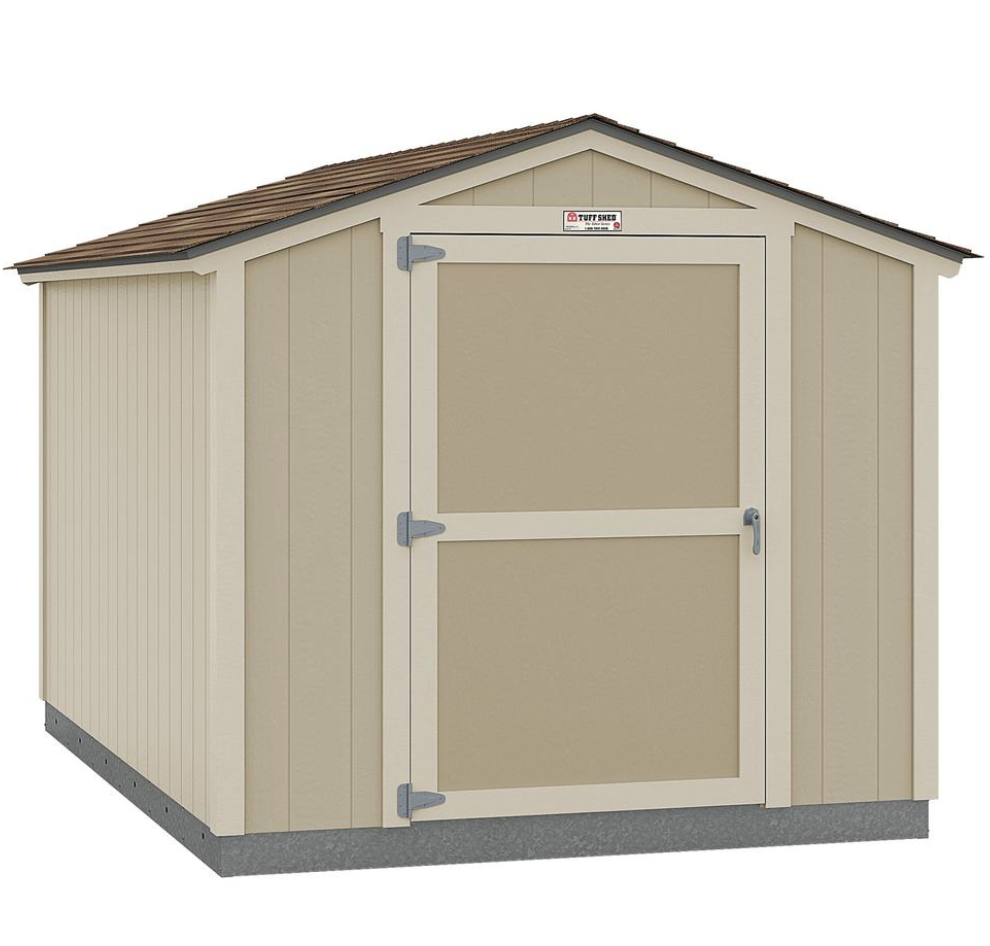
Can I live in a tiny home on my property?
Yes, but there are building requirements you should be aware of.
What’s the smallest size tiny home I can live in?
160 square feet if site-built or built on a trailer.
Can I live in a tiny home on wheels (on a trailer)?
Yes. If built off-site, it needs to be inspected and approved by a recognized agency approved by the building official. It will require a plan review and special inspection by the Apache County building inspector to ensure structural and life safety aspects are intact.
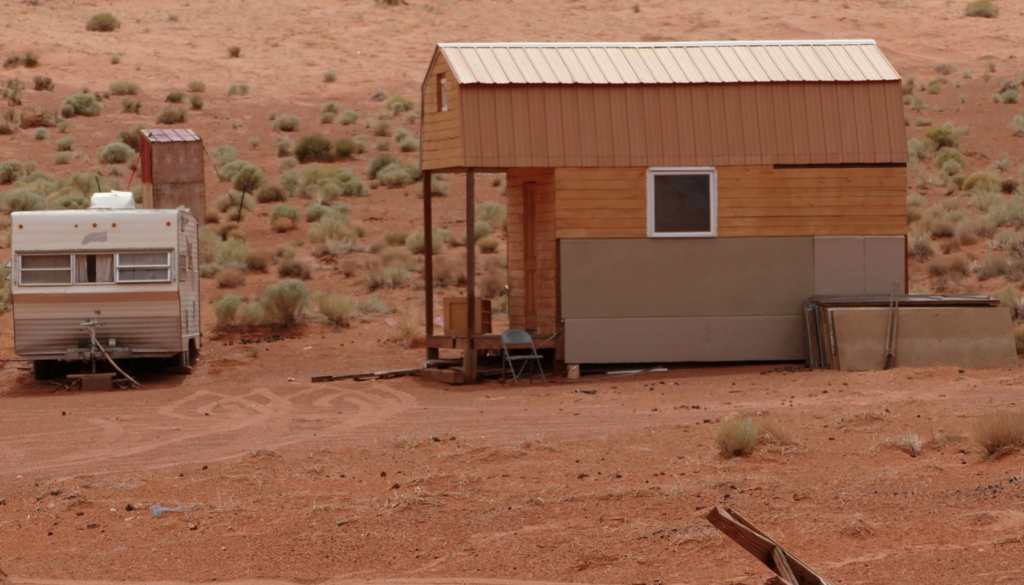
What are the building requirements for a tiny home?
Tiny Houses shall be built according to the 2015 International Residential Code. In addition, here are the tiny home specific requirements to follow:
- Minimum room dimensions 6’6” with no room smaller than 65 square feet, excluding storage areas and bathrooms.
- Ceiling height of 6’4” in open livable areas, creating a non-obstructed path for egress and ingress
- Egress must be provided in sleeping areas and living areas
- Bathroom and kitchen required
- Ladders/lapiers may replace stairways to loft areas. (provide stair or ladder detail on plans)
- Number of electrical circuits may be reduced to reflect loads
- A minimum of 60 Amp electrical service is required. But a reduction can be made if calculation shows less electrical demand based off the 2015 IRC minimum service load calculation table E3602.2
- Energy code concessions: R-15 minimum in framed floors, ceiling insulation and wall insulation. Or R-19 minimum in framed floors and ceilings, and R-13 in framed walls
- A certificate of occupancy will only be issued for tiny houses set on a permanent foundation. Tiny homes on wheels will not be given a certificate of occupancy unless it is set on a foundation
- Tiny Houses must meet all zoning requirements for the specific property, such as setbacks and engineering requirements (including drainage, 911 addressing, road encroachments, and floodplain)
Can I live in an RV on my property?
It depends. Check your property’s zoning and see if RV living is discussed in the Apache zoning ordinances. Generally, permanent RV living is designated to those properties zoned for an RV park use.
As discussed above, a septic tank (or alternative waste system) is a prerequisite to ensuring your dwelling is livable. Because RVs are simply vehicles at the end of the day, they cannot be hooked up to a permanent septic system. You can stay in your RV when visiting your property for extended periods, however, generally not for permanent living.
How do I find land for sale in Apache County?
Check out our website LandGen.co – we offer land for sale all over Arizona, including Apache County. You can add yourself to our buyer’s list to stay informed about new properties and helpful tips and guides!
Have more questions about this guide or anything land related?
Get in touch! (602) 654-1999

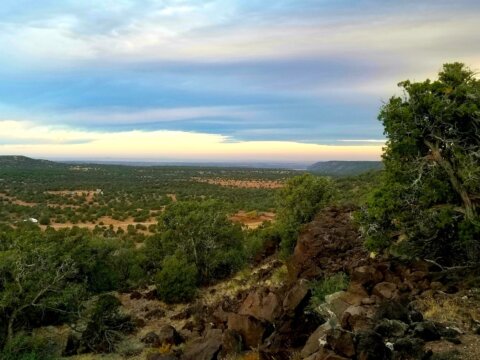
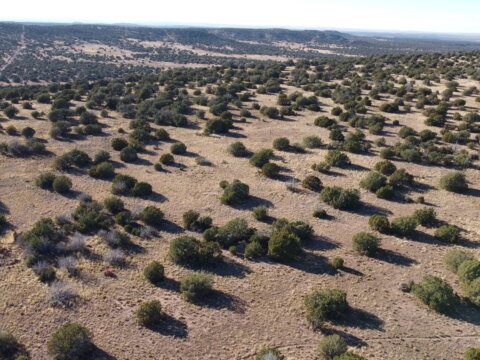
What about below ground home were top of walls would be close to ground level? Would this fall under earth bag or compacted earth?
Sounds like compacted earth. As long as you’re following the steps outlined and your building plans are within the allowances, you should be able to get a permit for that.